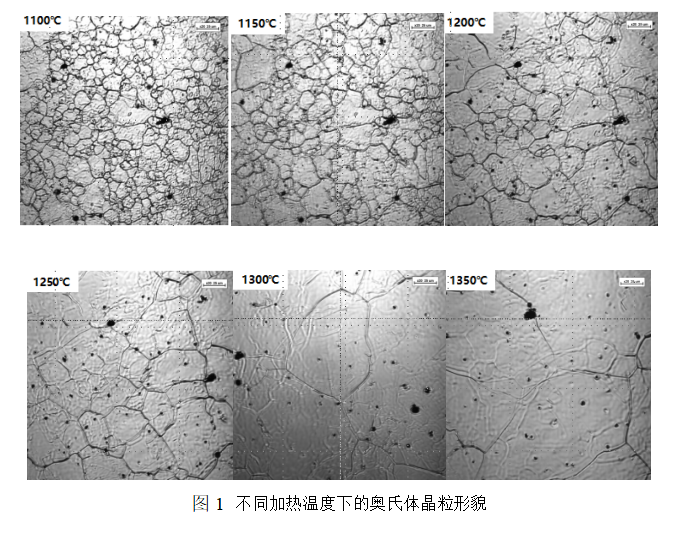
图4.1为不同温度下的原奥氏体晶粒形态,从950℃提高至1200℃时,奥氏体晶粒变化图,可以看出奥氏体晶粒随加热温度的升高而急剧长大。加热至l200℃和更高的温度时,能阻碍晶粒粗化的钒的碳化物已基本固溶于奥氏体,组织中第二相粒子很少,晶界迁移的阻力较小,晶粒长大速率较高,导致奥氏体晶粒较粗大。
Figure 4.1 shows the morphology of prior austenite grains at different temperatures. When the temperature is increased from 950°C to 1200°C, the change of austenite grains shows that the austenite grains grow up sharply with the increase of heating temperature. . When heated to l200℃ and higher, the carbide of vanadium, which can hinder grain coarsening, has basically dissolved in austenite. There are few second phase particles in the structure, and the resistance of grain boundary migration is small. The growth rate is higher, resulting in coarser austenite grains.